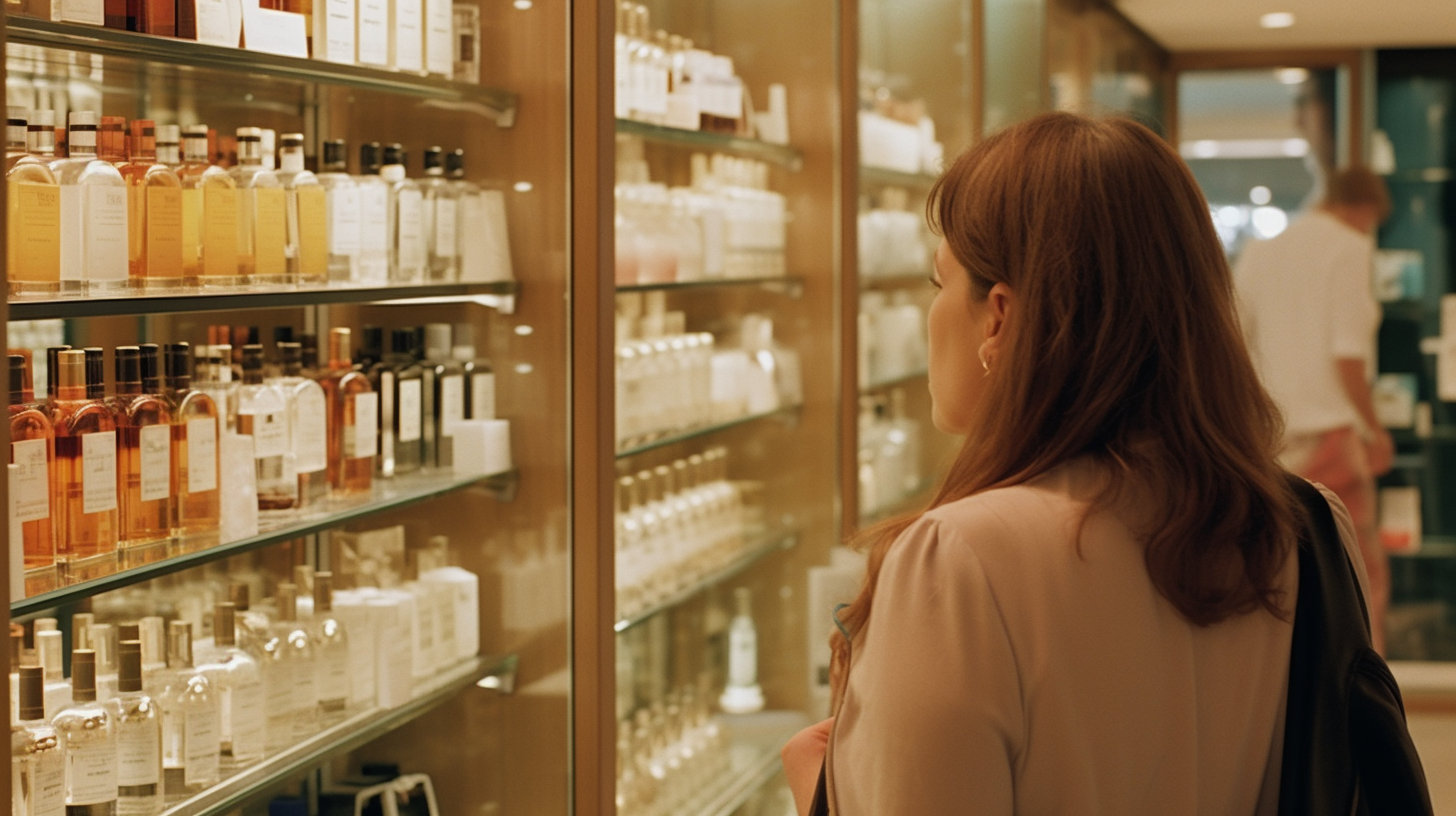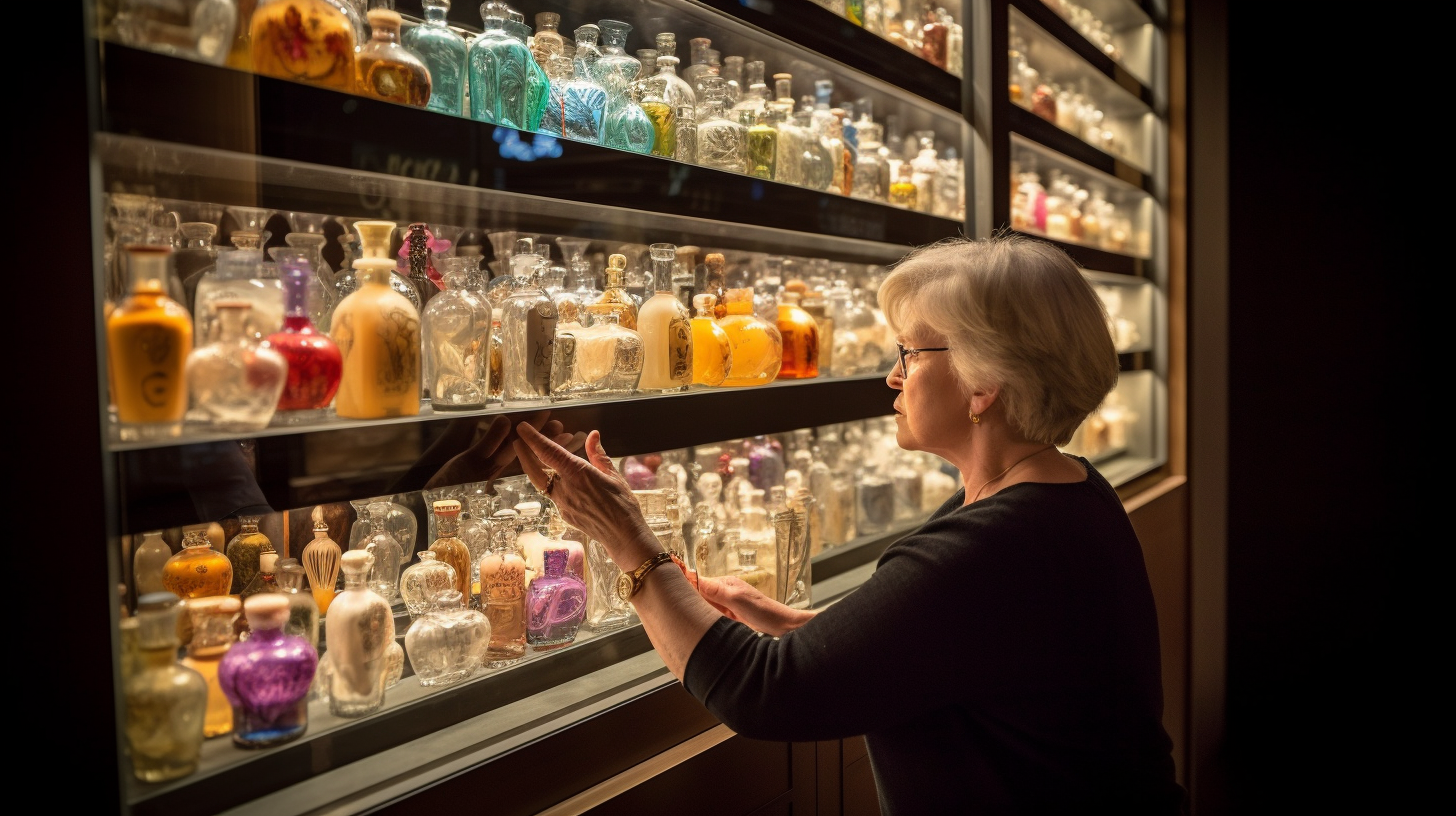Exploring the Evolution of Fragrance Trends: From Past to Present
Have you ever wondered how fragrance trends have changed over time? From the intoxicating scents of ancient civilizations to the modern fragrances that fill our shelves today, perfumes have continuously evolved to reflect the shifting preferences of society. Exploring the evolution of fragrance trends provides us with a fascinating glimpse into the past and present, allowing us to understand how scent has played an integral role in our lives for centuries.
The Historical Roots of Fragrance
The history of fragrance dates back thousands of years. Ancient civilizations such as Egypt, Mesopotamia, and India were among the earliest pioneers in perfumery. They used scents for religious rituals, personal adornment, and even as a status symbol. Fragrance was considered a luxury accessible only to the elite, and rare ingredients like myrrh, frankincense, and oud were highly sought after.
In ancient Egypt, perfume played a significant role in daily life. The Egyptians believed that scents had mystical powers and could connect them with their gods. Perfume was used for both practical and spiritual purposes. It was applied during religious ceremonies, mummification rituals, and even in everyday life to mask unpleasant odors or attract good fortune.
As civilizations developed along trade routes, fragrances began to spread across continents. The Silk Road connected East Asia to Europe, facilitating the exchange of goods and ideas—including fragrances. This cultural exchange led to the blending of different scent traditions and the emergence of new perfume trends.
The Influence of Societal Changes
Throughout history, societal changes have played a pivotal role in shaping fragrance trends. Each era had its unique preferences influenced by cultural movements, fashion trends, and social norms.
During the Renaissance period in Europe, fragrances took on a more naturalistic approach inspired by botanical gardens and the exploration of new lands. Perfumes with floral notes, such as rose, jasmine, and lavender, gained popularity. These scents represented the lush gardens of the era and mirrored the love for nature prevalent in art and literature.
In the 18th century, the Enlightenment brought about a shift in perfume preferences. Perfumes became lighter and fresher, reflecting the emphasis on reason and rationality. Citrus notes, like bergamot and lemon, were favored for their uplifting qualities. This era also witnessed the rise of signature fragrances associated with royalty and influential figures.
The Industrial Revolution marked a turning point in perfumery. Advances in technology allowed for mass production of perfumes, making fragrance accessible to a wider audience. Synthetic ingredients were introduced, providing perfumers with limitless possibilities to create new scents.
The Modern Era: A Multifaceted Landscape
Today’s fragrance trends are diverse and cater to a wide range of preferences. The perfume industry has evolved into a multi-billion-dollar business that continuously adapts to changing consumer demands.
One notable trend in recent years is the growing interest in niche fragrances. These unique scents are crafted by independent perfumers who focus on creating artisanal compositions using high-quality ingredients. Niche fragrances offer an alternative to mainstream brands and allow individuals to express their individuality through scent.
Another significant change is the emergence of gender-neutral or unisex fragrances. Breaking away from traditional gender stereotypes, these scents challenge societal norms and embrace inclusivity. They blur the lines between masculine and feminine notes, appealing to individuals who prefer more versatile fragrance options.
Furthermore, sustainability has become an important consideration in fragrance creation. With increased awareness about environmental issues, consumers are seeking eco-friendly alternatives that minimize harm to the planet. Many brands now prioritize sustainable practices, using natural ingredients and recyclable packaging.
The Future of Fragrance Trends
The fragrance industry is ever-evolving, and as we look to the future, several trends are likely to shape the olfactory landscape.
One such trend is personalized fragrances. With advancements in technology, companies now offer customization options that allow individuals to create their own unique scents. By selecting preferred notes and ingredients, consumers can tailor their fragrance to match their personality and preferences.
Another emerging trend is the incorporation of wellness into perfumery. Fragrances infused with essential oils and aromatherapy benefits are gaining popularity. These scents aim to promote relaxation, reduce stress, and enhance overall well-being.
Additionally, the rise of digital platforms has transformed the way fragrances are marketed and sold. Online perfume retailers provide a convenient shopping experience with detailed descriptions, customer reviews, and even virtual scent testing options.
In Conclusion
Fragrance trends have come a long way since ancient times. From the mystical scents of ancient Egypt to the diverse range of perfumes available today, our olfactory preferences have been shaped by cultural, societal, and technological changes. Understanding the evolution of fragrance trends allows us to appreciate the artistry behind perfumes and how they reflect our ever-changing world.
As we continue to explore new scent combinations and embrace innovation in perfumery, one thing remains constant—the power of fragrance to evoke memories, express individuality, and create an alluring sensory experience that transcends time.




